
Labelled gaming cover




Barthes – he is one of the leading theorists of semiotics, the study of signs
Pierce – Charles Sanders Peirce came up with the theory, which he called semiotics, meaning the philosophical study of signs
Saussure – he was a semiotician and a founder of semiotics/semiology
Semiotics – signs or symbols and their use or interpretation
Sign – An object or event in relation to something
Signifier- A signs physical form
Signified – The meaning expressed by a sign
Iconic sign – a person or thing used as a representative symbol
an Indexical sign – a sign or measure of something.
Symbolic sign – A symbol is a mark sign or word that represents something
Code – a system of words, letters, figures, or symbols used to represent others
Dominant Signifier- most important sign in a product
Anchorage – signs that fix meanings
Ideology- a system of ideas
Paradigm- a group of signs
Syntagm- a linguistic unit consisting of a set of linguistic forms, signs that are connected to work together
Signifcation- the representation or conveying of meaning.
Denotation- the literal meaning of a word
Connotation- the abstract meaning or intension of a term
Myth- a widely believed but false belief or idea.
Radical text – A text that challenges the dominant ideology.
Reactionary – dominant common sense, supports the dominant ideology
Iconic signs
Indexical
Symbolic
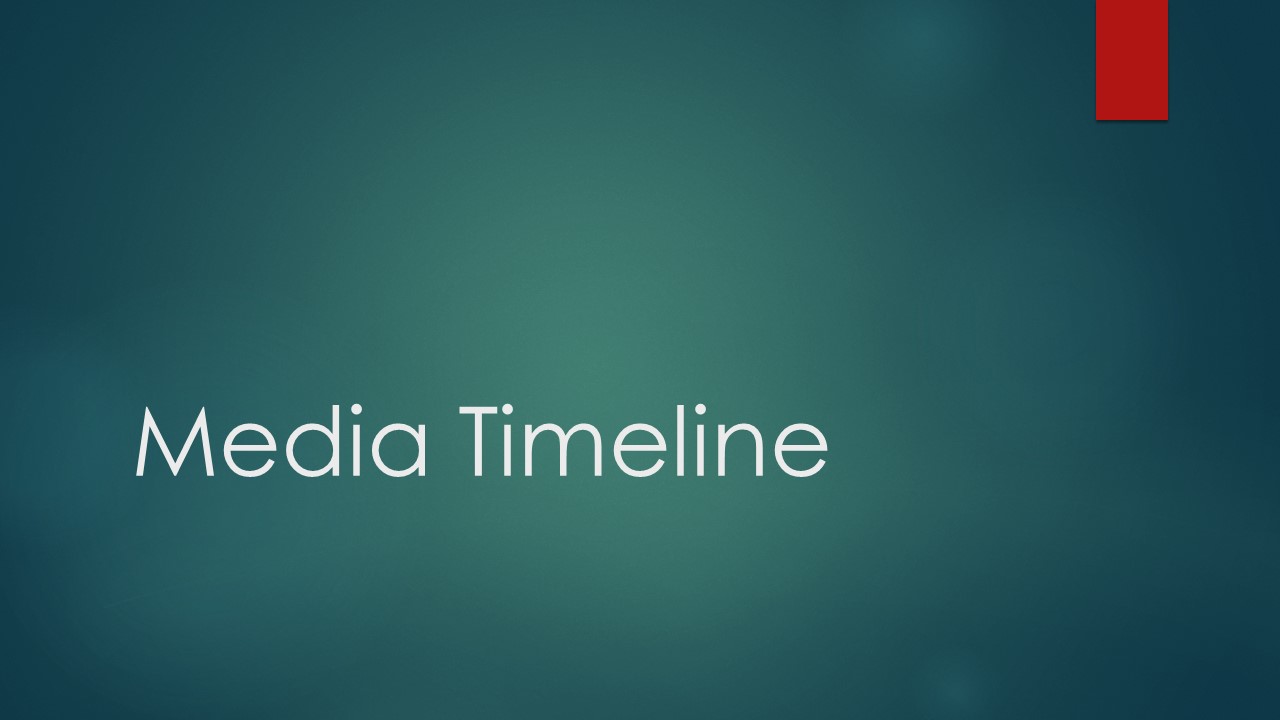

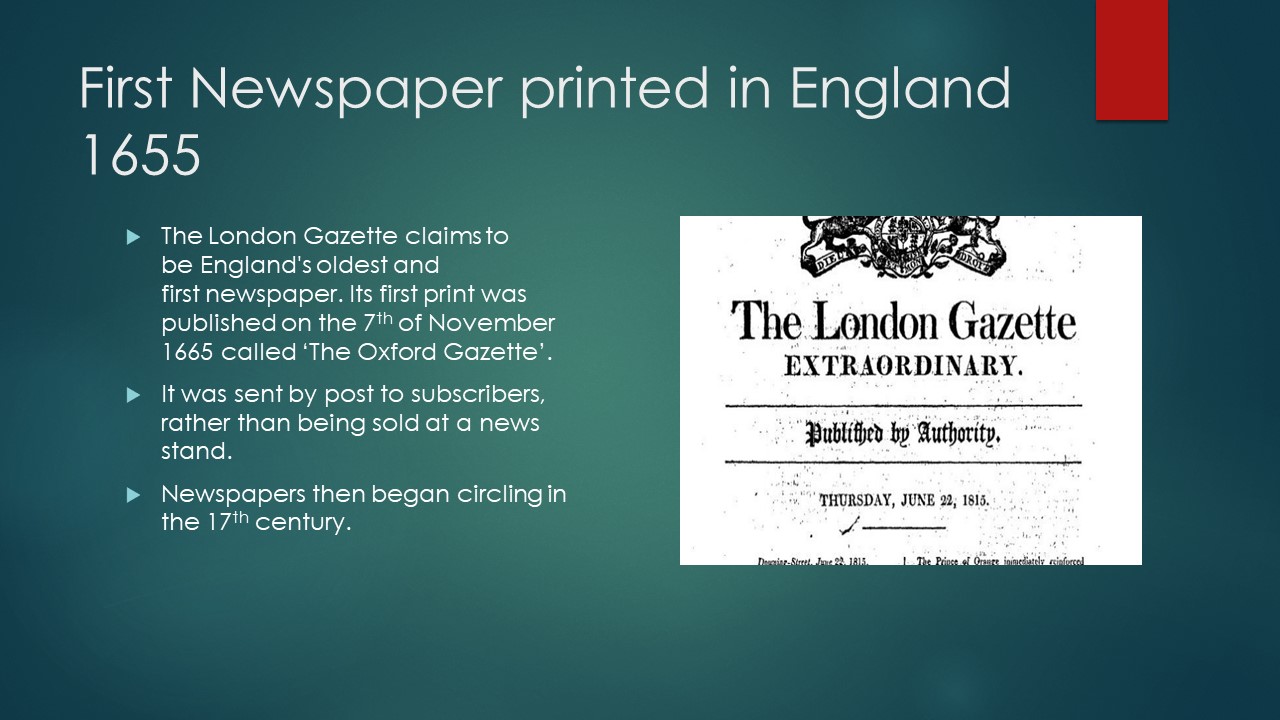



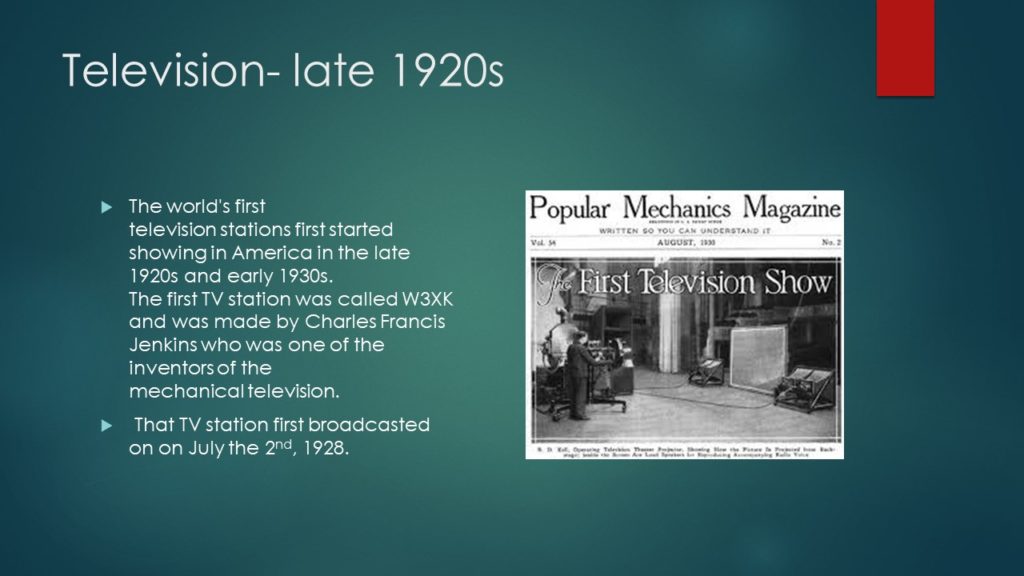
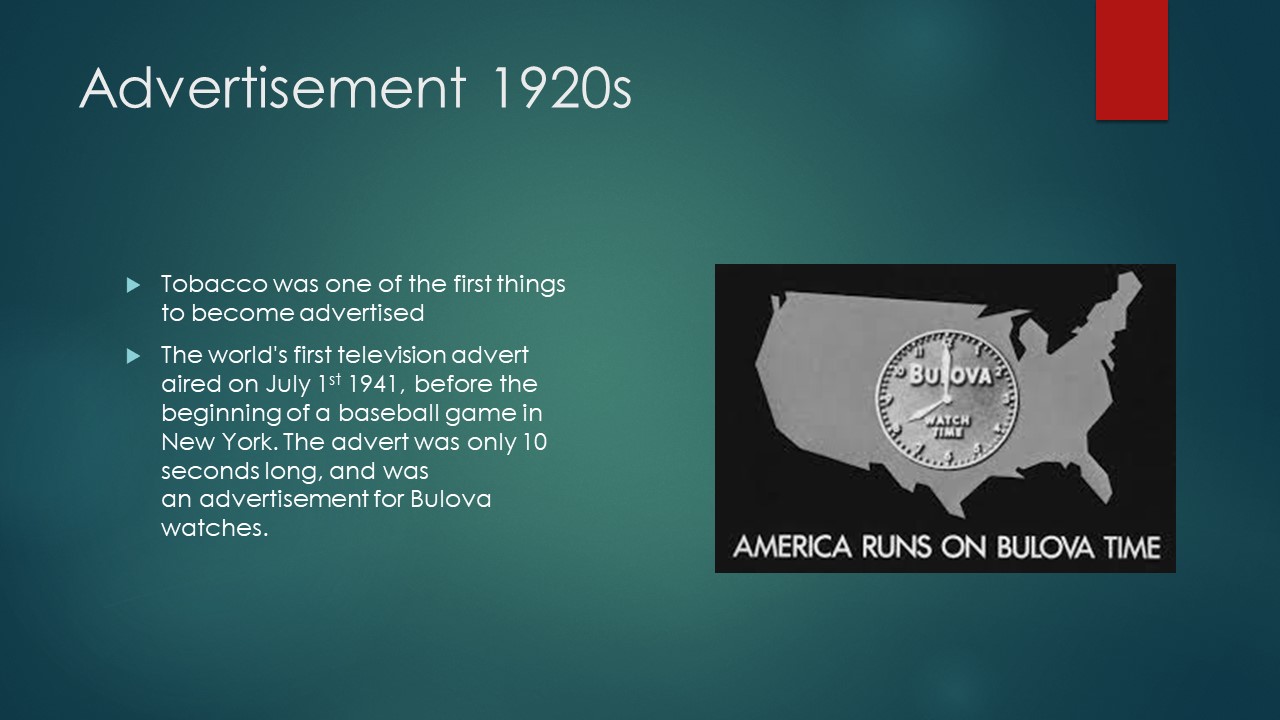

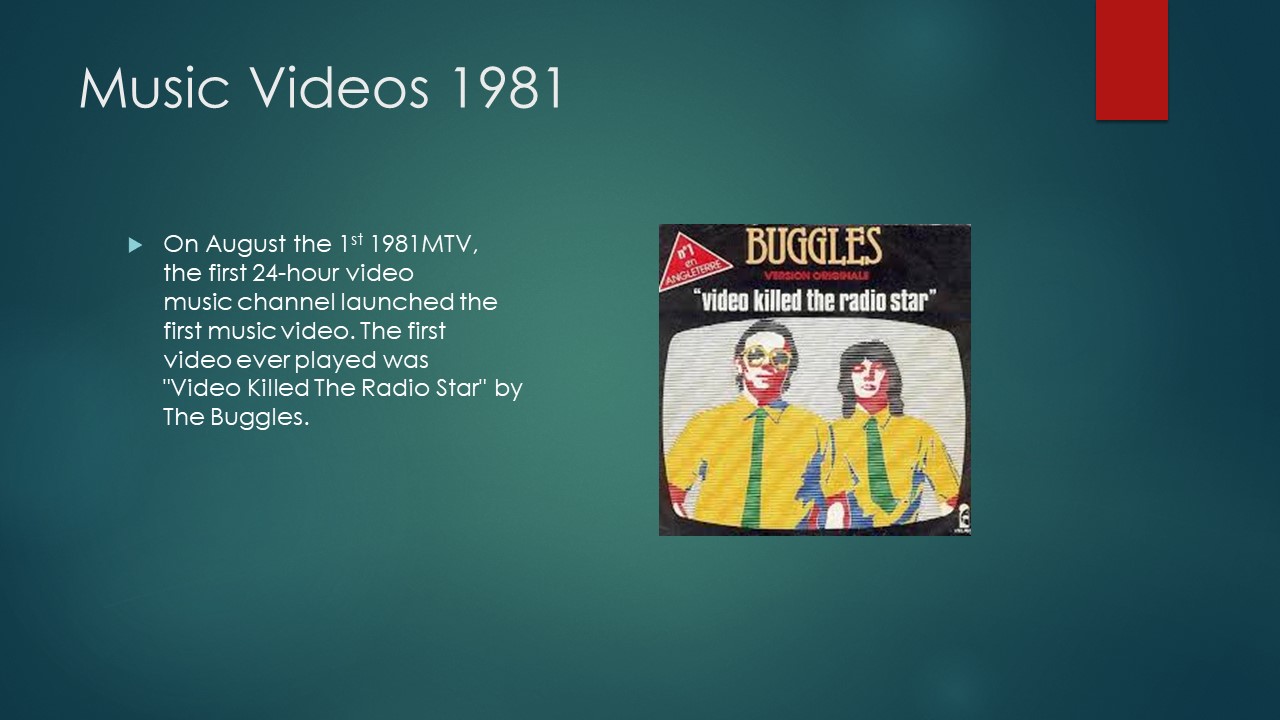

What is media?
What is media studies?
What is the point of media studies?
Statements
I think learning media studies will help me to learn the different career paths that involve media.